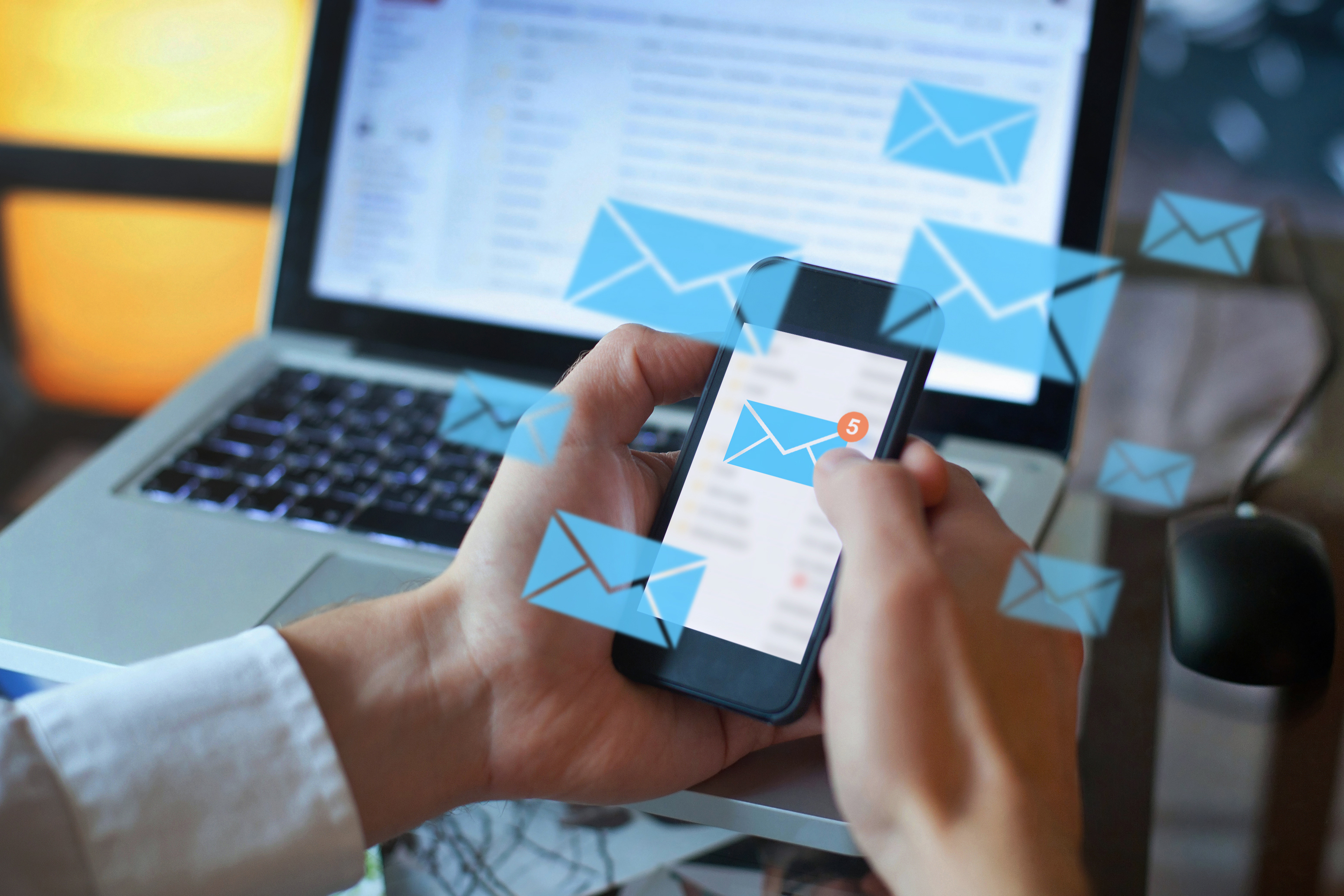If you work in the low-voltage industry, you know that more often than not that the months leading up to December get remarkably busy. The schedule is slammed with people trying to get work done before the holidays. Then all of a sudden, Christmas and New Year’s hit, and everyone shuts down (aside from the emergency service calls). You get this amazing reprieve. You feel like your world opens up. You are clear and ready to RESET.
But of course, before you know it, it’s January and everyone is back in full throttle. You might find that you have a lot coming at you. The jobs, deadlines, working with other trades, coordinating schedules, and trying to stay on top of your own projects can seem insurmountable.
The more and more I talk to industry professionals, the more I find that it is actually very rare to find someone who is rigorous about their email and task management process. I believe having both of these things are instrumental to success but are also something hard to master. If you’re one of the people that struggle with email fatigue and general prioritization, this read is for you.
Let’s review basic task and email management practices to help you stay one step ahead. At a basic level, you need to do TWO things to get organized and ready to prioritize:
- Find a way to keep your inbox empty
- Have a task list
This is going to be a two-part series because it requires a shift in thinking, action you need to take, and homework you can work on in between.
There are multiple methods you can find online about how to manage your emails. Two popular methods are “Inbox Zero” and “Yesterbox”:
The theory is simple. Stay on top of your emails and eliminate digital clutter. This might seem like an impossible task if you have an inbox with 25,629 notifications - but the truth is you can start any time. Staying on top of your messages allows you to reduce the time and mental focus you devote to your inbox so you can focus on doing work. A common excuse is that people are simply too busy to answer every email. That cannot be an excuse. Emails are where work gets done between multiple people. Messages move ideas and projects forward. It’s like a game of hot potato.
If you get an email (hot potato), you want to answer as fast as you can to get that potato off of your hands as soon as possible. If you have a full inbox, you’re just holding a ton of hot potatoes. Each time you ignore an email, you’re essentially holding up a process or project. This process will allow you to:
- Ensure everything is handled
- Eliminate time wasted to re-read an email you’ve already read and ignored (multiple times)
- Stay proactive about communication
- Gain time
- Prioritize tasks
As a strong advocate of this method, it requires discipline.
There are simple steps you can follow to get started:
- Calendar devoted time to clear a full inbox. In my experience, you need about 2 hours each day for an inbox of about 150 emails. You should be distraction-free during this time. I recommend first thing in the morning or at the end of the day.
- Deal with most emails right away:
- Delete anything irrelevant and subscribe form spam emails (they will build up over time.)
- Defer to other people when possible
- Answer what you can right away (Tip: Get creative with emails that require long replies - you can leverage software like Loom to reply with a video or audio message to increase your efficiency.)
- Add emails that require research or time to your task list
- Categorize emails to avoid using your inbox like a landfill (labels, tabs, folders, etc).
- If you are the tech type, maybe invest in email organization software. Here, with automation, the organization becomes less of a hassle. Read more on some organization software here.
- Use your different email consciously. For example, stop giving your work email to friends and visa versa. Keeping these things separate will decrease the about of emails in your work inbox.
If you have a full inbox but want to start this method, you can archive all messages prior to a specific date, empty your inbox with what’s left, and start fresh.
Need some help on the basics? Click here to learn the essentials to start your organization journey.
If you’re struggling to keep up, I encourage you to evaluate your email situation and determine how you can adopt this or a similar method. If you’re ready to start, jump in and follow the steps above to get started. We’d love to hear how this helps you.
Next month, we will write about task management and how you can leverage this system to optimize your communication and enhance your personal brand.

